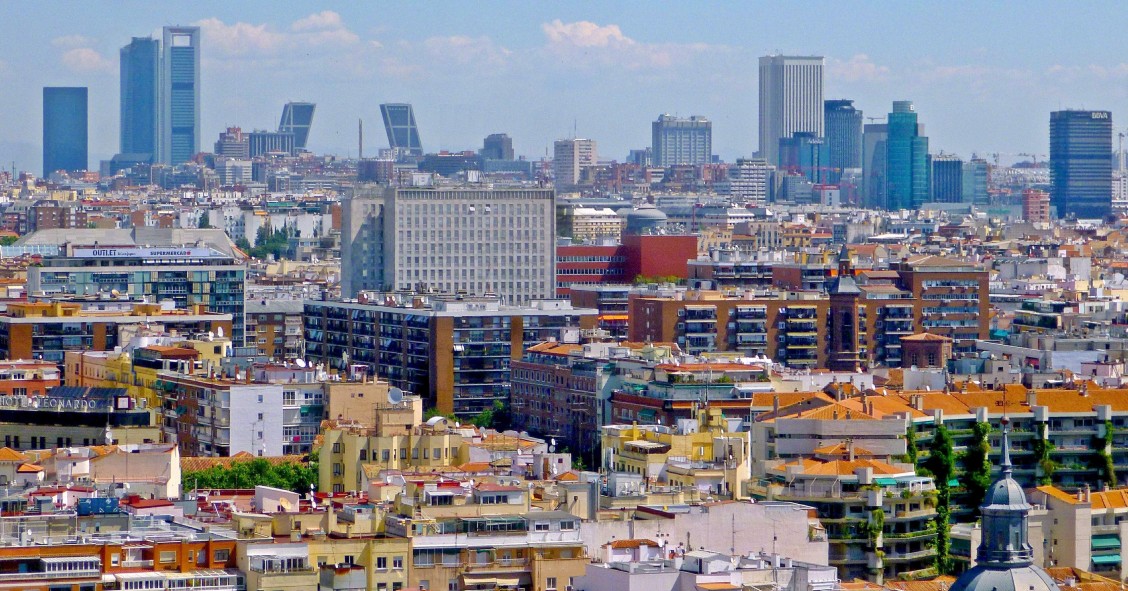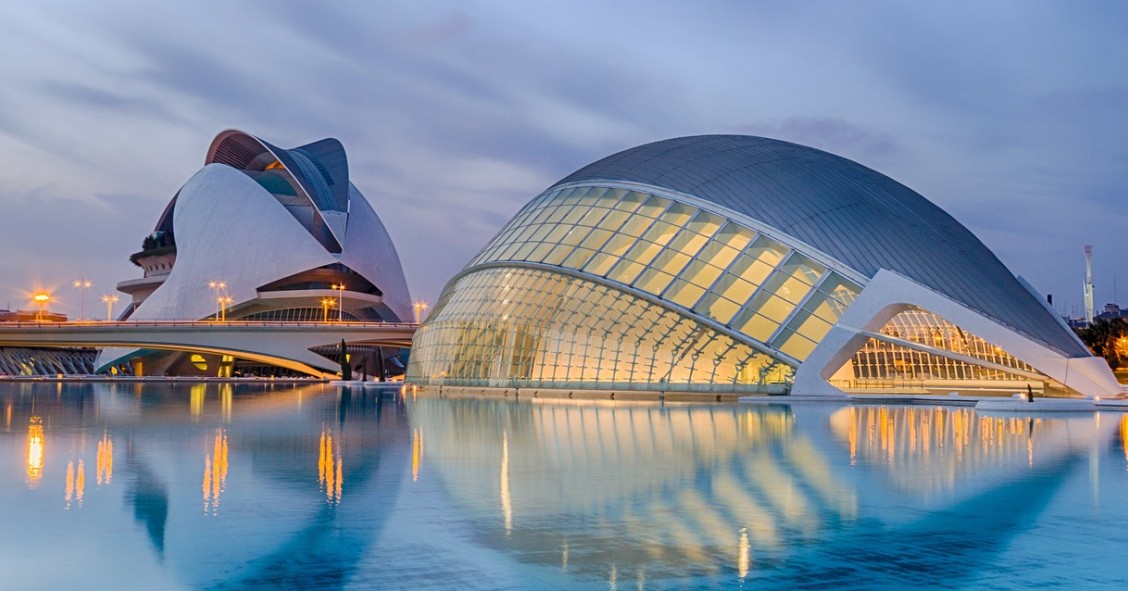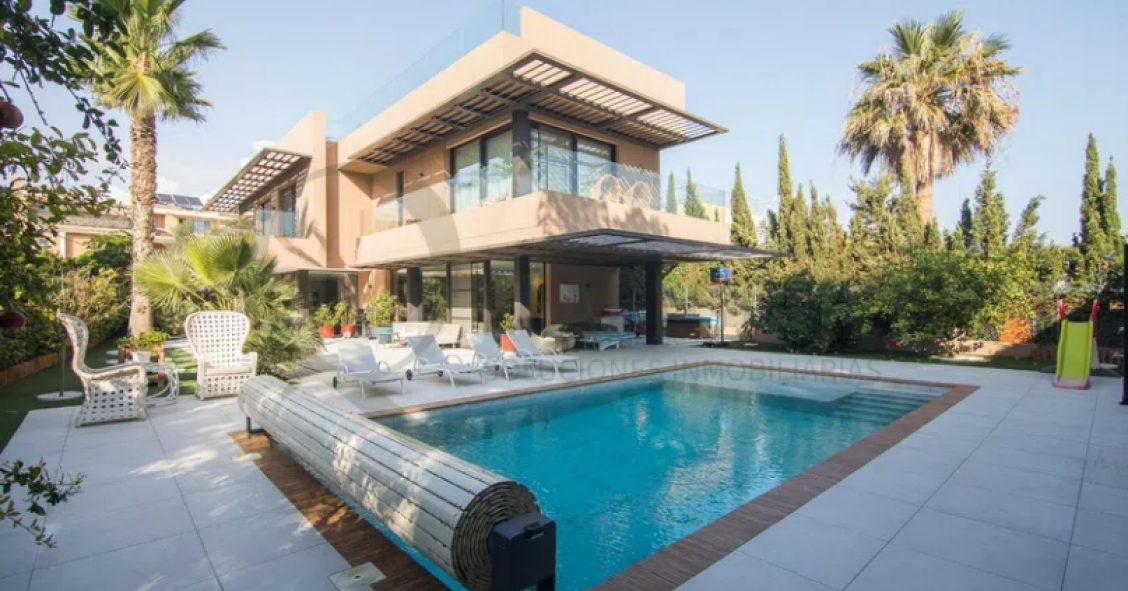
The property market in Spain is attracting more and more foreign buyers, even despite the COVID-19 health emergency across Europe and the world. Spain remains a favourite destination for expat buyers and renters, from those wanting to move to rural Spain, to those wanting to buy property by the sea on one of Spain’s famous coasts.
In Spain, there are a wide variety of different types of properties for sale on the market, something which can be overwhelming in a different country and in a different language. Here at idealista, we are here to help with this simple guide on the types of properties you will find for sale across Spain, with some pros and cons to each one, including properties commonly for sale on the Costa del Sol, Costa Blanca, Andalusia and other common areas for expat buyers.
Apartment / flat

If you live in a city in Spain, then the most common housing option is a flat or apartment, known in Spanish as a piso. Apartment blocks are very common throughout Spain, while the quality and size of these properties varies enormously, from a tiny studio, to a 2-storey duplex (maisonette), or luxury penthouse. Note that under Spanish law, all apartment owners in Spain automatically become members of the comunidad de propietarios or comunidad de vecinos (the community of owners of their apartment block) and must comply to the community’s rules, as well as pay community fees. These fees will be higher if the block of flats has communal areas, such as a swimming pool, tennis courts or a garden.
Advantages:
- Lower maintenance than a house
- Good security, this is especially the case if the block has 24-hour security or a concierge (portero)
- The use of communal areas
Disadvantages:
- Noisy neighbours
- Badly maintained communities
- Crowded communal areas during the holidays
Villa

Compared to the UK, for example, it is a lot less common for people in Spain to live in a detached house (casa, chalet or villa) and in many large towns and cities it’s difficult to find a large, detached house. On the Spanish coast, however, detached houses are a lot more common than in other parts of the country and are associated with holidays in most cases. More often than not, they are owned by foreigners or Spaniards who use them as second homes for the weekends and summer holidays. It’s not unusual to find villas that form part of a residential complex, and as well as those that will have their own private pool and garden, others may have communal areas with a shared pool and other facilities.
Advantages:
- They are not attached to other units
- More spacious
- More peace and quiet as they are generally located outside urban areas
Disadvantages:
- Higher running costs
- Being located outside urban centres may make the villa isolated
Townhouses

The townhouse, translated to Spanish as “casa adosada”, is the equivalent of terraced or semi-detached houses in Spain. Once again, townhouses often have communal gardens and a shared swimming pool, especially if they are on the coast. You will normally find townhouses in the outskirts of towns and can often be a more affordable option compared to buying a villa.
Advantages:
- Cheaper than villas
- Often come with communal facilities
- More spacious than an apartment
Disadvantages:
- Thin walls between properties can mean more noise
- Less privacy
Residential Housing Estate

Residential housing estates or urbanisations, known in Spanish as “urbanizaciones” are purpose-built housing developments which can be made up of apartments, townhouses and villas. They are common all over Spain and form an essential part of Spanish coastal resorts, while being a great option for all budgets due to the fact that one urbanisation can be home to a mixture of apartment blocks, townhouses and individual villas.
Advantages:
- Security
- Good for foreigners wanting to live in a community
Disadvantages:
- Less privacy
- Can be expensive
Country properties

Rural properties in Spain, whether they are small village houses (casa de pueblo) or larger farmhouses or estates with land (casa rural/finca), here you will get an authentic experience of the Spanish countryside. Property here can be very spacious and is generally cheaper than coastal resorts in Spain, as well as being widely available, however keep in mind that you will more than likely have to renovate these properties, unless you pay more for a property that’s already been modernised.
Advantages:
- Cheaper
- Quiet lifestyle
Disadvantages:
- Properties with lots of land require a lot of maintenance
- Properties tend to be older and in need of work
Quad House

A quad house is a type of property which is becoming increasingly common in Spain and in simple terms, is basically a house attached on 2 consecutive or perpendicular sides to 2 other properties, each one with a private entrance via their own front or side garden. When facing any of the four sides of a quad property, the dwellings appear to be semi-detached houses.
Advantages:
- Spacious
- Private garden
Disadvantages:
- Noise from other properties
- Less privacy
Bungalow

Bungalows are also popular in coastal regions in Spain, but don’t get confused between the Spanish version of a bungalow and the typical meaning in English. Whereas in the UK a bungalow refers to almost any detached, one-storey house, in Spain there is some confusion. Sellers may advertise a bungalow with the English meaning, however in Spain you’re also likely to find a bungalow referring to an apartment in a 2-storey house with a large veranda, flat roof and adjacent land or in a campsite, often made of wood.
Advantages:
- Cheaper than a villa
- Lower maintenance costs
Disadvantages:
- Lack of space
Cave house

In the south of Spain, close to the famous costas, it is quite common to find cave houses. Most of these properties will be found in what is known as Spain's cave country which is the unspoilt Altiplano de Granada, a mountainous region of northern Andalusia, between the Sierra Nevada and the Sierra de Castril. However, these traditional stone buildings are certainly not always damp, dark, cluttered, and claustrophobic areas, as the name cave may suggest. Many cave dwellings can have 8 or more bedrooms, as well as spacious living areas.
Advantages:
- Being made of stone, cave houses are easier to heat in the winter and cooler in the summer
- Relatively low running costs
Disadvantages:
- Usually located far from urban centres and the beach and may feel isolated
- Lack of natural light
Commercial premises

If your plan is to move to Spain and start a business, then this is for you. Commercial premises in Spain, known in Spanish as a “local” are usually found on the ground floor of apartment blocks in Spain and are intended to be used for businesses, shops, restaurants, bars etc. Some areas in Spain have the right to stipulate what kind of business can be set up in such premises if they are part of a block of flats, especially on the coast, therefore make sure you check that your business idea is viable before buying a local.
Advantages:
- Good earning potential
Disadvantages:
- High investment cost
- More council regulations and costs to obey and pay
Therefore, if you are you are planning to move to Spain and invest in property, it is important to get to grip with the different types of properties available on the market to make the buying or renting process more straightforward.






